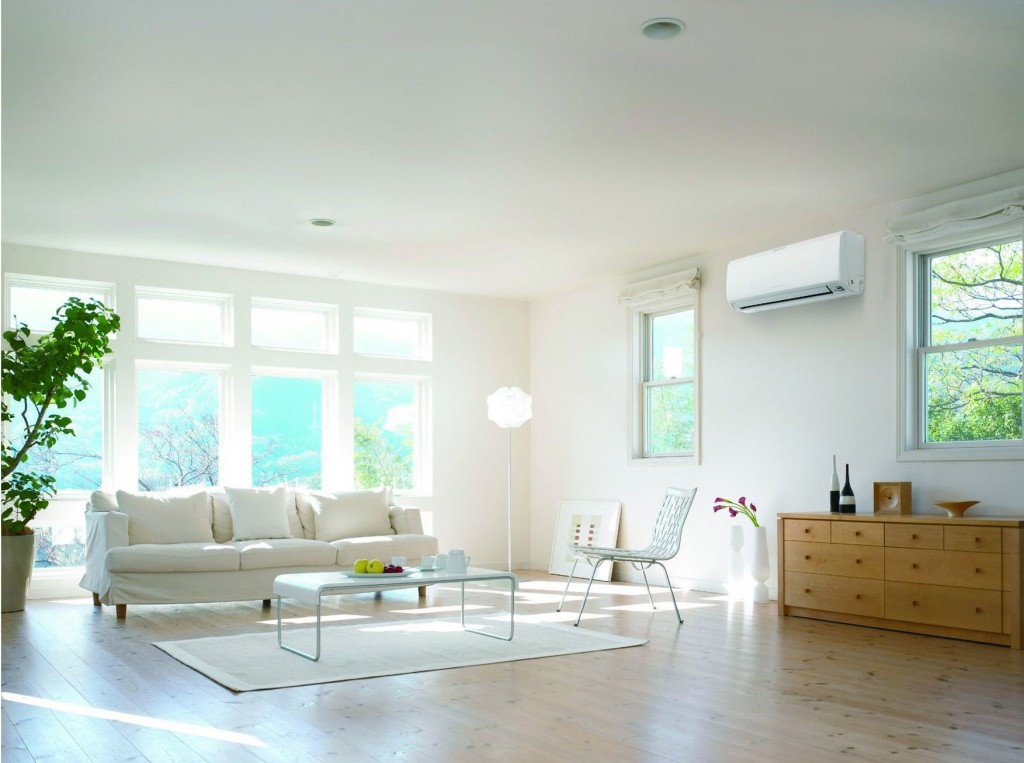Air conditioning units provide much-needed airflow during the hot, summer months. Some units can also regulate air temperature in colder weather to help heat the home. To maintain a comfortable, habitable temperature indoors throughout the year, many homes in the US need to think about air condition systems. In some states, air conditioning is essential for bearing with soaring temperatures in summer.
Choosing an air conditioning system for your home is a multifaceted process. It’s not just a case of up-front cost and the installation process. The on-going costs of running different systems need to be factored in to your decision. There are a variety of system types that can be installed relative to the size and dimensions of your space, ranging from small domestic units to full industrial air conditioning systems.

According to Air Conditioning Advice, there are four main types of air conditioning system on the market: central, ductless, room conditioners and portable air conditioning units respectively.
Central air conditioning systems are the most common whole-home solution, providing improved airflow through each of the rooms in the home. Similar to central heating systems, central air conditioning operates through a network of internal ducts leading to an outdoor unit.
Central air conditioning requires extensive internal ductwork, and as a result is often amongst the more costly systems to integrate within your home. However, its impact can be felt throughout the entire house, and this is the favored option for those in warmer temperatures.
For smaller rooms or more discreet applications, ductless units can be installed with much less upheaval. These systems are only suitable for cooling and heating small spaces, and they tend to be energy efficient and easy to fit. Being ductless, there is no need for extensive DIY – a few straightforward plumbing and electric connections and the air conditioning is ready to get to work.
Room air conditioners are perhaps a compromise between central and ductless air conditioning. Fitted under windows or as panels against walls, these units provide compact but powerful air conditioning for small to medium-sized spaces. These are popular for living rooms or for social areas, and require some ducting.
The final type of air conditioning system is the portable conditioning unit, which allows for mobile, no-installation temperature regulation. These are practical, mobile units to have in the closet in case specific rooms get to uncomfortable temperatures. The fact that they are portable makes them extra functional for use in different rooms of the home.
Air conditioning professionals like Home Comfort Experts Air Conditioning are regularly asked to advise on the best types of air conditioning to install. Homeowners tend to have certain ideas about what they want, but often question the scale of system they require.
The answer depends on the size of the space and the specific conditions and temperatures in the surrounding environment. While some will prefer the full-home benefits of a central conditioning system, for others, the installation and ducting work will prove too much to stomach.

